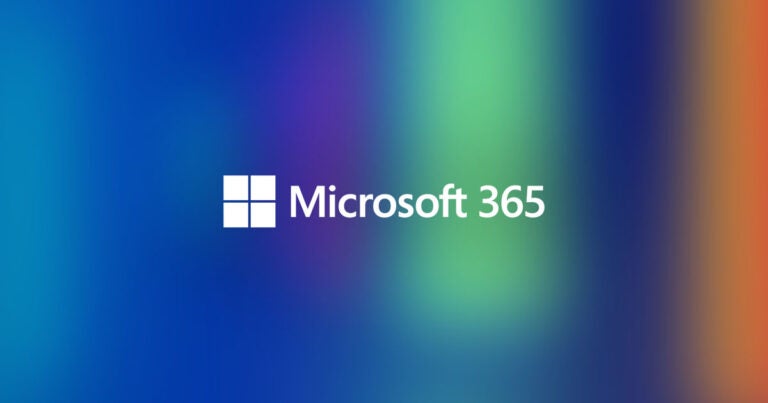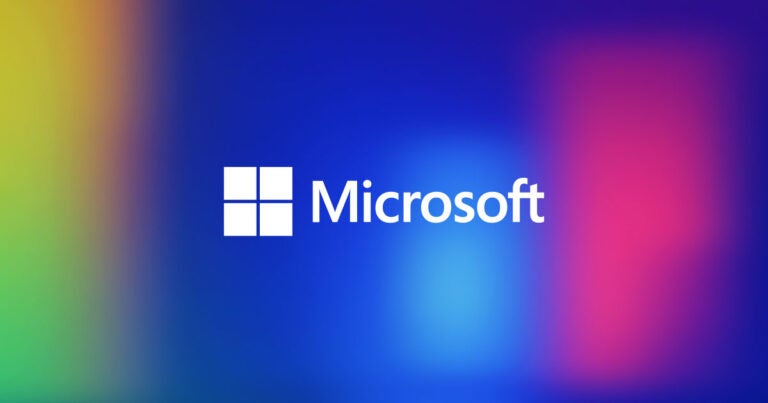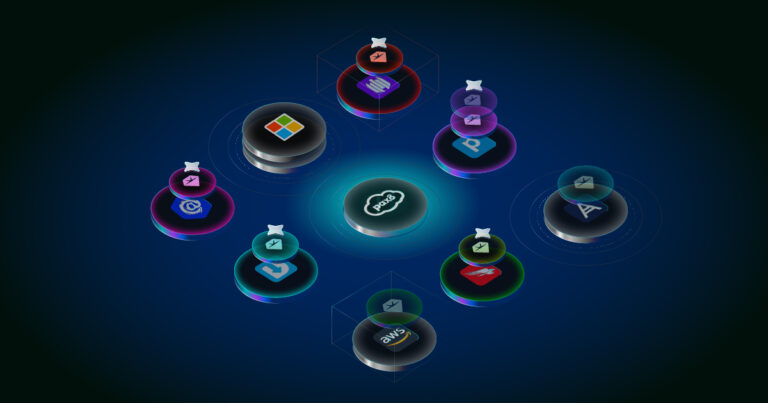The risk of not backing up your data is too great.
The consequences of an inadequate cloud backup solution, or not having one in place at all, can be catastrophic, especially for organizations that rely on the ability to access and leverage data to run their operations and serve their customers. In today’s modern work environment, nearly all businesses, organizations, and agencies depend upon the ability to use technology efficiently and securely. Having a reliable and proven system in place has never been more important, given the acceleration of digital transformation and rising expectations in an “always on” world and economy.
Uptime Institute’s 2022 Data Center Resiliency Survey revealed that 80% of data center managers and operators experienced at least one outage in the last three years, and that 20% of businesses surveyed reported a significant outage in the last three years that damaged their reputation and revenue, and in some cases led to regulatory non-compliance.
Downtime isn’t new, but the approach to backup systems is
The causes of downtime that lead to the loss of data include cyberattacks, increasingly fierce weather events and natural disasters, hardware failure, software glitches, and human error. Given that data is the “new oil” fueling the economy, and is essential to service and success, those responsible for securing data and ensuring access to data are now focused on proven cloud backup solutions.
Data, application, and network technology backups have been around since software and computing came into the mainstream in the last century, but the approach to backing up systems and information has changed dramatically. From hard disks and tapes to storage and recovery delivered as a service, the good news is that organizations can choose from a range of cloud-first solutions that can be turned up quickly, managed more easily, and enhanced with AI and machine learning capabilities that can generate alerts before problems arise.
Turning to predictive approaches is now standard and using industry vertical specific solutions (for example, those which healthcare organizations use that must meet Personal Health Information, or PHI regulatory requirements) is becoming increasingly popular. No matter what an organization does, the ones that don’t have a rigorous backup plan are taking their chances.
Here are five of the most common mistakes organizations make when developing, maintaining, and managing cloud backup platforms.
-
Not updating your tech to save time and money
Business continuity solutions that served organizations even five years ago are no longer adequate in today’s digitally driven context. Relying on hard disks and removable media simply isn’t enough, especially as the associated hardware ages and fewer certified technicians are available to bring back a dated machine from the dead. With every mission critical service migrating to the cloud, those responsible for ensuring data protection and system availability can take advantage of cloud native backup including automation and AI for less than one might think given XaaS (Everything as a Service) innovations.
-
Not having a trained and trusted team
While it may seem intuitive to provide credentials and training to a small number of people who secure systems and data, those who do not put skilled human resources in place take unnecessary risks, depending on the size and mission of each organization and the operating hours in a “24/7” world. The massive growth of the managed service provider (MSP) industry is driven by the need for talented administrators or engineers from sun-up to sun-up, seven days a week. Small- and medium-size businesses (SMBs) are leaning on MSPs to operate their digital infrastructure, placing the burden on the MSP, who can afford to procure and then provision continuity solutions across the customer base, in a classic shared but secured services model.
-
Choosing the wrong Cloud Service Provider (CSP)
Not all providers are equal, and some are less transparent and prepared than others. Cloud backup should be part of every decision made; for example, if a new application that generates data is turned up, will that data be included in the overall business continuity supply chain? If a single, mission critical application is hosted on a different cloud than other applications (which is quickly becoming the norm), who is responsible for backup? What solutions do SaaS providers use within their own infrastructure to ensure that an outage can be fixed quickly to get the end user up and running in minutes? Should a catastrophic event happen, how can services be temporarily made available, including the data that drives them? Knowing the answers to these questions will set MSPs and their clients up for long-term success.
-
Failing to recognize that data is dynamic and exponentially growing
Especially in a world where automation and AI are becoming the reigning champions, weekly and even daily backups won’t cut it. There are many emerging software and computing solutions that can capture, store, and make available massive amounts of data automatically, and the most advanced of these can be tailored using criteria and policy using intuitive admin portals. While certain types of data may only need to be accessed occasionally, that will continue to change, and only by applying a new mindset and better backup solutions that match the expectations of employees, partners, and customers can organizations address risk in a more future-proof way.
-
Failing to test, and test regularly, then test again
Cloud backup solutions are only as good as their last successful recovery, and because systems are changing, applications are proliferating, and cyberthreats are growing in volume and velocity, assuming what worked a few months ago will work now is a huge mistake. As more people and organizations depend on the cloud, it’s easy to get lulled into a false sense of security. Users can’t assume that every service on every cloud accessed by every device over any network is protected by cloud backup solutions. Not every service backs up every folder or directory, and just because devices are “synced” does not mean they are fully covered by automated continuity programs. This is another reason so many SMBs are turning to MSPs – there are just too many risks associated with attempting to run all things IT, and it makes sense to turn to cloud experts for support.
The best way forward
It’s never been more critical to develop a comprehensive data backup and disaster recovery plan, but for leaders that doesn’t mean building one from scratch makes sense. MSPs who understand the stakes are priceless and can position themselves as expert, reliable, and qualified partners to SMBs. The best and most successful MSPs assure their customers they have business continuity integrated into everything – that it is fundamentally baked into their infrastructure and is not just an exercise.
When disaster strikes, having plans in place with the ability to not only monitor and manage situations, but to use predictive software to sense trouble and avoid a single second of downtime, is an organization’s most important insurance policy.
Here are five ways for MSPs and SMBs to master business continuity and eliminate or at least avoid risk:
- SMBs should find the most qualified MSP they can and work closely with them to guarantee the best business outcomes.
- MSPs should make sure they have a robust data backup and disaster recovery plan in place, along with modern cloud-friendly software in place that is affordable but never at the expense of being 100% effective. Not having a plan puts data and business operations at significant risk, and this is only going to become more important as reliance on data, cloud and local computing, and networking grows.
- All parties should clarify business requirements up front, and review and improve over time; this is an important ongoing conversation between MSPs and their customers, and MSPs and the solution providers they select. MSPs are in the middle between vendors and organizations, and business continuity is a team sport that must span the digital supply chain.
- MSPs and SMB clients should plan regularly and use the latest and most intelligent cloud optimization tools to forecast trends, keep budgets in check, make the business case for more investment as needed (for example following on M&A activities), and understand the value of their data together. Especially for fast-growing MSPs and SMBs, it is critical to right-size everything including business continuity insurance.
- All parties should stay current on changing market conditions and especially cyberthreats. With an integrative mindset and commitment to ensuring organizations are fully protected, fully compliant, and always ready, businesses are truly positioned for growth and success.
Building the proper backup starts with the right solutions and training
At Pax8 we pride ourselves on attracting the most talented experts in the IT space and are constantly investing in educational outreach. This includes the enablement programming led by Pax8 Academy, a learning and networking experience that helps the over 25,000 MSPs who partner with us stay on top of the game and provide the most competitive and effective service and services to the markets they serve. Our innovative Pax8 Marketplace is carefully curated to ensure our partners have access to the best-in-class solutions they need for their clients.





